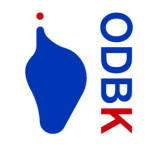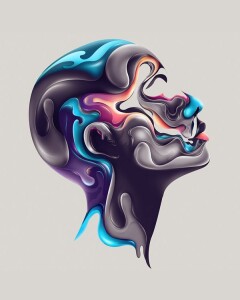By Sami Dallali
 According to Jason Bailey, the art world is still mostly white, male and unequal: that goes for the museums, the art market and the renowned artists. In his predictions for the art market, the expert in technologies in the art world sees the beginning of a change in a virtuous circle: there is an increasing diversity in the visitors (also thanks to social media), curators and artists in the museums and galleries; and diversity brings more diversity. That has a direct consequence on the art market: more diverse art will gain in value and fame.
According to Jason Bailey, the art world is still mostly white, male and unequal: that goes for the museums, the art market and the renowned artists. In his predictions for the art market, the expert in technologies in the art world sees the beginning of a change in a virtuous circle: there is an increasing diversity in the visitors (also thanks to social media), curators and artists in the museums and galleries; and diversity brings more diversity. That has a direct consequence on the art market: more diverse art will gain in value and fame.
There is another way for a quick and strong boost in diversity: digitalization is winning every aspect of our lives — art included. With half the world online, social media has become a means of diffusion like never before. By sharing works of an artist online, you state that you like and support it; and give him more visibility. Some power in the fame and recognition of the artists is thereby given back to the people, and no longer the prerogative of large galleries, which are here short-circuited. But the algorithms of the social media, like Instagram, are criticized, because they are unclear, biased and rely on instant buzz.
A few years ago, we saw the rise of new models for creating, sharing and funding art fully digitally, like SuperRare and Dada.nyc (more than 160k artists in 2018). Music and books are now mostly online and dematerialized: why not visual art?
If they are supported by the people, smaller and more diverse artists that do not necessarily fit in the standards of the galleries and museums, could gain fame, recognition and a fair retribution to continue their free creation.
With more and more people having a voice in the appreciation of art, we hope to tend to more democracy in the art world and market. But which artists are going to benefit from it? Won’t it be just another trend?
In ODBK we propose a model to assure the money, resources and opportunities are fairly and equally distributed for the art world. More info at www.odbk.tk

